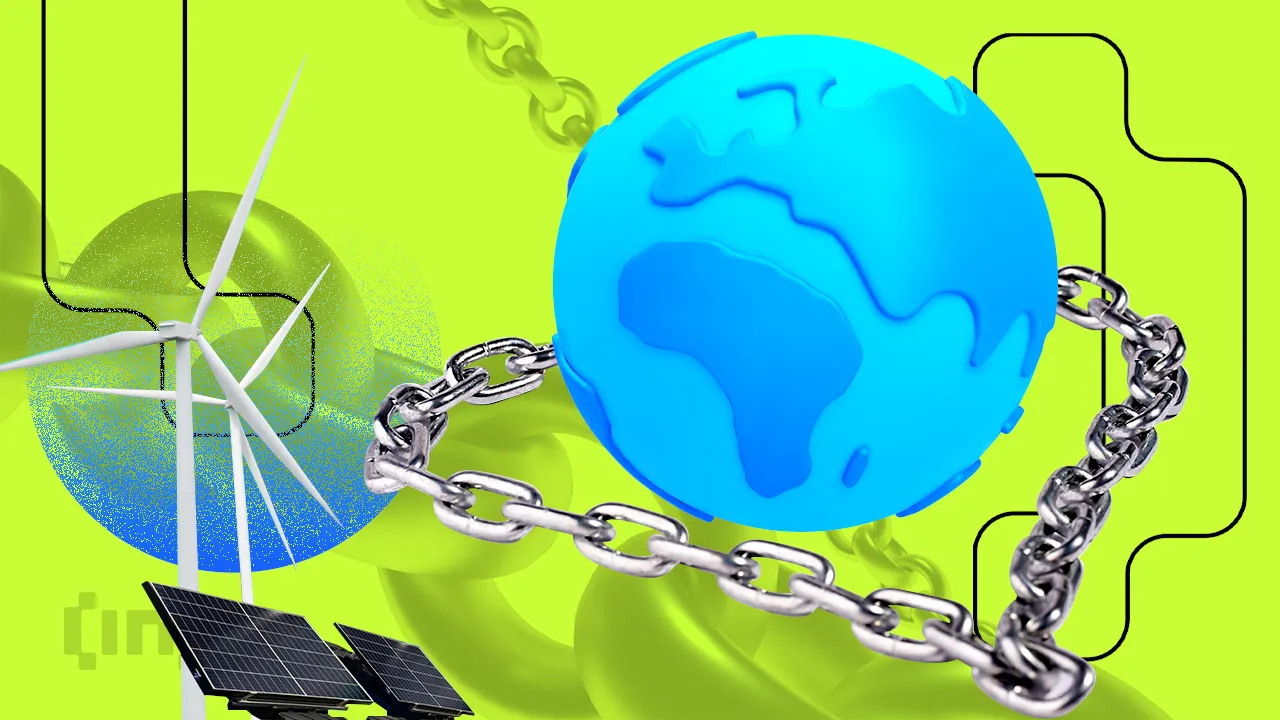How Fintech companies use artificial intelligence, machine learning to create alternative lending points
Opinions expressed by Contractor the contributors are their own.
You are reading Entrepreneur India, an international franchise of Entrepreneur Media.
Alternative credit scoring models and lenders that embrace them are making serious inroads on those parts of the market that were largely considered impenetrable or too difficult to guarantee. Developments in AI / ML and innovations in the use of data outside the preset list of ordinary lending practices have made this possible.

Pexels
Some of the visionary players in the market segments where insufficient data is a major obstacle to insurance and thus lending, make extensive use of alternative credit scoring models that use AI / ML on unconventional data to profile and evaluate customers. These models often combine elements from different data vision algorithms (for image segmentation, object detection), geospatial analysis and NLP methods for information extraction from text data.
This approach has proven to be a game changer in “new-to-credit” segments. For some of the early lenders in the lower end of the MSME sector, where mainstream underwriting data and credit history files are quite thin, the AI / ML-driven alternative credit scoring models are increasingly integrated into lending processes and will become a key differentiator in the future.
Conventional methods of credit scoring followed by lending institutions depend on sufficient credit history (credit bureau data), formal banking and accounting documents, tax return information for several years, etc. Alternative credit scoring models, on the other hand, use data other than the types listed above. Fintech companies that lend in markets where sufficient credit history, bank details and tax records, etc. are not available, are particularly dependent on such alternative lending points for the guarantee.
These alternative credit scoring models use data such as geolocation-based data on several economic, demographic and risk indicators, certain similar types of indicators derived from satellite imagery data, other sectoral economic trends at the site level are used quite a lot in alternative credit scoring. AI / ML models. Another type of data that AI / ML algorithms (such as certain variants of deep learning models) prove to be quite useful is business image data (such as inventory, store premises, store front and location street, etc.). Modern alternative approach to AI / ML-driven credit scoring also uses permitted mobile data (transactional SMS data, informal accounting data from mobile apps, for example) using certain regular expression-based and / or NLP methods followed by ML modeling. An important aspect of the alternative approach to credit scoring is that this approach uses the alternative data, along with any limited banking data that is available or even a small credit history (‘thin file’) that may be available in some scenarios.
As we noted, the alternative credit scoring method not only uses unconventional data, but the data types are also of a wide range (images, texts, along with numerical data). This necessitates specific data processing and data extraction techniques and AI / ML algorithms to capture and use most of these types of alternative data (such as images, SMS scrapers, etc.) that would not be available for traditional data analysis methods. Carefully developed and rigorously tested ML models that use such comprehensive data from multiple sources are capable of highly accurate credit risk prediction. This enables fintech firms to address the critical data gap by replacing conventional credit scoring with AI / ML-based credit scoring models using alternative data.
The alternative approach to credit scoring makes it possible to expand the scope of lending many times to include a significant portion of underserved segments, thus increasing revenues with appropriate credit risk management and pricing for lenders, as well as addressing the social cause of financial inclusion.
AI / ML solutions that enable such alternative credit risk modeling will also be a critical factor in bringing (almost) completely digital lending products to hitherto unexplored segments. The early initiators who adopted AI / ML earlier than the rest will have a great advantage in this area due to their significantly developed AI / ML practices and rich, organized internal alternative data they gathered together with a deeper understanding of the markets.


